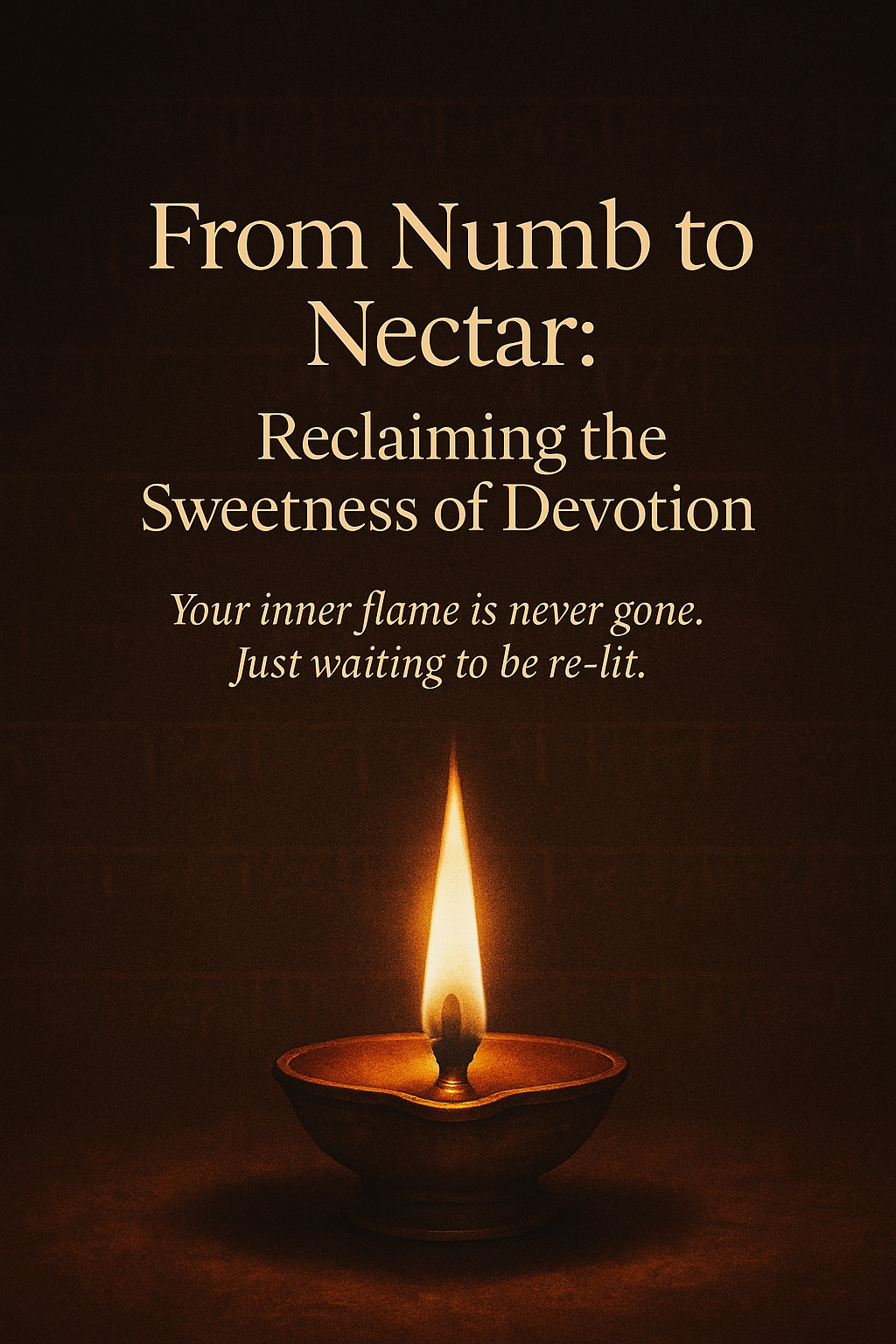Achala Saptami, also known as Saur Saptami or Magha Saptami, is a revered Hindu festival dedicated to worshipping Lord Surya, the Sun God, observed on the seventh day of the Shukla Paksha in the month of Magha. Celebrated for its spiritual significance, Achala Saptami symbolizes the Sun's eternal energy and life-giving radiance, offering devotees a chance for spiritual growth, health, and prosperity. The festival also marks the mythological event of Surya's chariot beginning its northward trajectory, heralding the transition to brighter days.
Rituals on Achala Saptami hold great importance, as practitioners engage in sacred bathing during sunrise, offer water (Arghya) to Surya, and often observe a fast of fruits and milk for purification. Devotees perform Surya Namaskar, recite hymns like Aditya Hridayam, and partake in charitable acts to embody the Sun's selfless light. These rituals aim to purify, empower, and align participants with the spiritual and life-affirming qualities embodied by the Sun God.
Mythologically, Achala Saptami celebrates Surya’s invigorated journey, represented by a chariot driven by seven horses, and involves acts of devotion that are believed to cleanse past sins and lead toward salvation. More than just religious observance, Achala Saptami imparts lessons of discipline, perseverance, and selflessness, urging followers to reflect the Sun’s unwavering attributes in their own lives. Through devotion and spiritual practice, Achala Saptami encourages the pursuit of righteousness and the cultivation of inner strength, guiding individuals toward a more enlightened existence.
Read more...Vasant Panchami, also known as Saraswati Puja, is a Hindu festival that celebrates Goddess Saraswati, the deity of wisdom, learning, music, and arts. Occurring in the transition from winter to spring, this festival is seen as an auspicious time for educational endeavors, making it especially significant in schools and universities. Emphasizing the color yellow, Vasant Panchami symbolizes energy, prosperity, and the natural brilliance of the season.
The festival roots itself deeply in Hindu mythology, featuring tales of Goddess Saraswati's emergence from Lord Brahma's mouth as the embodiment of wisdom, and its association with Kamadeva, the god of love. The celebration coincides with agricultural activities, marking preparations for the spring harvest as mustard fields bloom with vibrant yellow flowers. Across India, it is common for worshipers to engage in Saraswati Puja, don yellow attire, and prepare traditional sweets, reflecting cultural and spiritual unity.
Vasant Panchami rituals vary regionally, from grand celebrations in West Bengal and Odisha to kite flying in Punjab and Gujarat, each reflecting local customs. Acts of devotion include offering prayers to Goddess Saraswati with books and musical instruments, educational initiations for young children, and cultural programs in schools. This festival stands as a testament to the rich cultural tapestry of India, celebrating knowledge, art, and the seasonal renewal of nature with joy and positivity.
Read more...Life is a complex journey, filled with a mix of joy, sorrow, and growth, where pain is an unavoidable part. However, through the transformative power of love, pain can be turned into a source of healing and wisdom. Love acts as an alchemist, converting even the deepest suffering into something meaningful and redemptive.
Self-love is crucial in transforming pain into medicine. Instead of rejecting or criticizing ourselves when we hurt, we can embrace our pain with gentleness and compassion, initiating the healing process. This act of self-love turns anguish into inner strength, allowing us to acknowledge our wounds without judgment and provide ourselves with the necessary care and nurturing.
In relationships, love creates a safe space for healing. Sharing pain with someone who loves us makes us feel seen, heard, and understood, accelerating the healing process. Love within relationships reminds us that we are not alone, offering the courage to face our challenges and transform pain into a source of growth and connection.
Read more...Abundant love is a profound way of living that brings joy, harmony, and fulfillment. To cultivate this love, ten secrets can be embraced, starting with the power of thought. Love begins in the mind, and by focusing on positive, loving ideas, we can change our beliefs and attitudes, laying the foundation for loving experiences and relationships.
Respect and submission are crucial elements of love. Respecting others starts with self-respect, honoring personal boundaries and values. True love involves giving rather than getting, and prioritizing contributions to others' lives fosters loving, happy, and lifelong relationships.
Friendship, physical contact, and discipline further enhance love. Lasting love is built on friendship, looking in the same direction together. Physical touch breaks down barriers and strengthens bonds, while discipline in love means letting go of fears and prejudices to create a nurturing environment. By embracing these secrets, abundant love can transform lives and create enduring, joyful connections.
Read more...In today's fast-paced world filled with constant notifications and social media feeds, distractions are abundant, often promising temporary relief yet hindering progress toward personal goals. Distractions aren't always overt; they can include seemingly productive tasks like answering non-urgent emails or overthinking minor decisions, leading to a false sense of busyness rather than effective progress. These diversions provide the illusion of accomplishment, preventing meaningful forward movement.
Conversely, discipline acts as the transformative force turning dreams into reality by maintaining focus on priorities despite tempting distractions. Being disciplined doesn't denote perfection; it involves consistently making choices aligned with one's values and objectives. This steady practice grounds individuals, allowing them to be intentional about their actions, thus fostering genuine accomplishment instead of transient busyness.
To shift from distraction to discipline, individuals can start by clarifying priorities, auditing their time, and setting boundaries with technology. Breaking goals down into small steps, practicing mindfulness, and building accountability with others are also practical strategies. Ultimately, each choice between distraction and discipline shapes one's future, with discipline offering lasting fulfillment and alignment with one's desires, making the pursuit of discipline not only a daily commitment but a deeply rewarding life-altering decision.
Read more...
